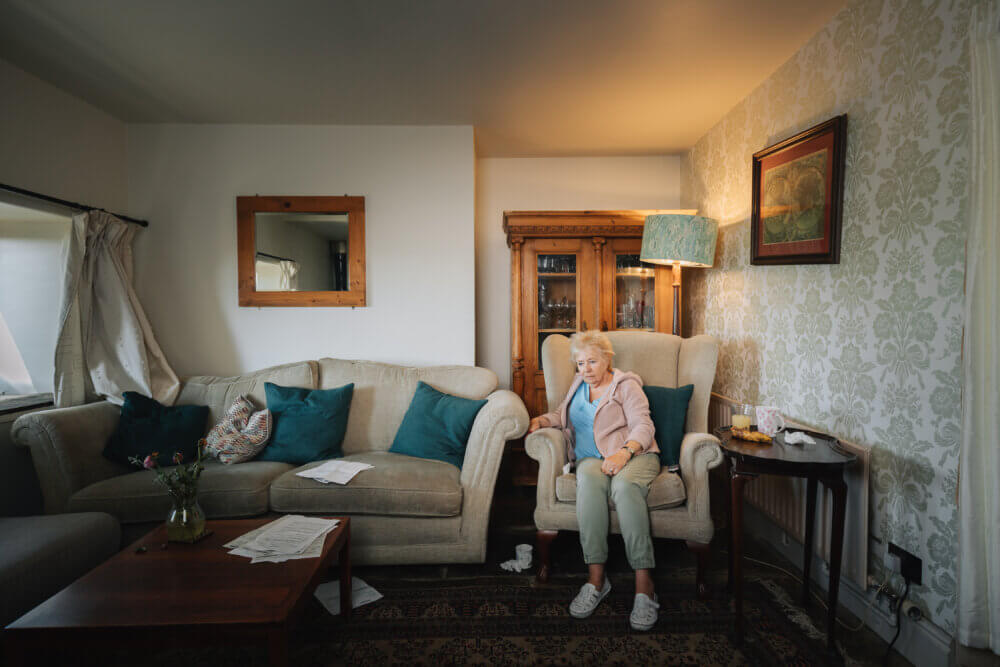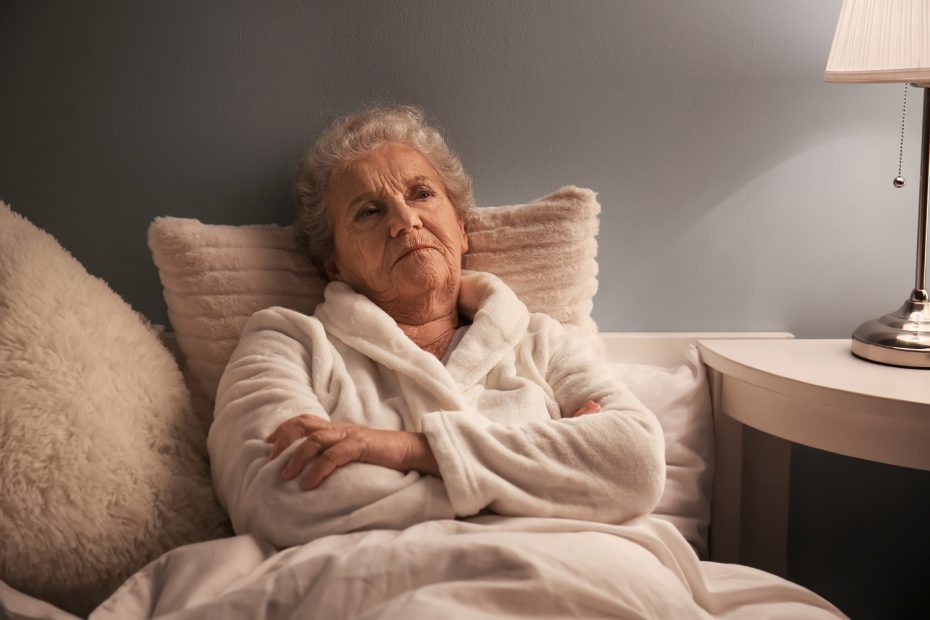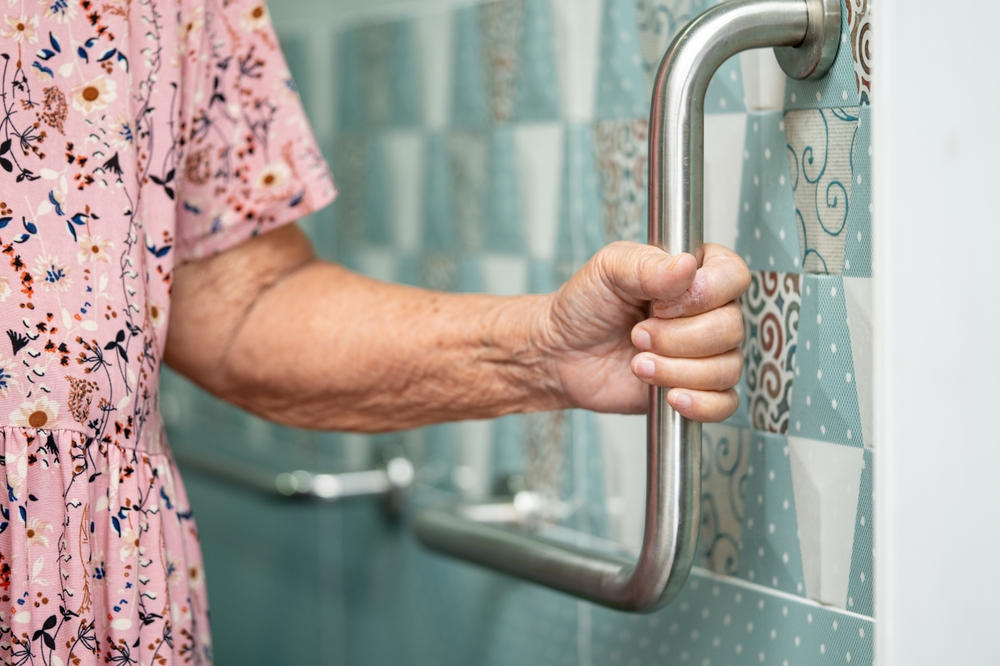As our loved ones age, ensuring their safety becomes a top priority. AI-powered fall detection for seniors is an innovation designed to safeguard our elders by monitoring their movements and quickly alerting caregivers in the case of a fall. Utilizing advanced technology, these systems are transforming how we care for our aging population, offering peace of mind to families and caregivers alike.

What is AI-powered fall detection?
AI-powered fall detection for seniors involves using artificial intelligence to monitor an individuals movements to detect falls. This technology employs sensors and algorithms to differentiate between normal activity and a fall, sending instant alerts to caregivers or emergency services. The goal is to provide timely assistance, minimizing the risk of injury and enhancing the overall safety of seniors.
The importance of fall detection for seniors
Falls are a leading cause of injury among seniors. According to the World Health Organization, falls are the second leading cause of accidental injury deaths worldwide. For seniors, a fall can lead to serious health complications, loss of independence, and reduced quality of life. Therefore, implementing an effective fall detection system is crucial.
Enhancing peace of mind
For families and caregivers, knowing that an AI system is monitoring their loved ones provides significant peace of mind. Whether living independently or in a care facility, seniors benefit from the additional layer of protection that AI-powered fall detection offers.
Reducing response time
One of the biggest advantages of AI-powered fall detection for seniors is the speed at which help can be dispatched. In the event of a fall, every minute counts. These systems ensure a rapid response, which is critical in minimizing potential injuries.
How AI technology works in fall detection
Utilizing sensors and data
AI fall detection systems use various sensors, such as accelerometers and gyroscopes, to monitor movement. These sensors collect data on a person’s typical movement patterns, allowing the AI to identify anomalies indicative of a fall.
Advanced algorithms
The core of AI-powered fall detection for seniors lies in its algorithms. These complex mathematical models are trained to recognize the difference between everyday movements and falls. When a fall is detected, the system sends an alert, ensuring timely intervention.
Benefits of AI-powered fall detection for seniors
Promoting independence
Many seniors value their independence, and a fall detection system allows them to maintain it while staying safe. With AI technology, seniors can confidently engage in daily activities, knowing assistance is readily available if needed.
Customized monitoring solutions
AI-powered systems can be tailored to individual needs, offering personalized monitoring that takes into account specific health conditions and risk factors. This customization enhances the effectiveness of fall detection, ensuring it meets the unique requirements of each senior.
Challenges and considerations
Privacy concerns
While AI technology offers numerous benefits, privacy remains a concern. Its essential to choose systems that prioritize data security and allow users to control what information is shared. For more privacy-friendly solutions, consider exploring [fall detection without cameras](https://motions.living/fall-detection-without-cameras-privacy-friendly-solutions-for-elderly-safety/).
Technology adoption
Another challenge is encouraging seniors to adopt new technology. Education and support are vital in helping seniors feel comfortable and confident using AI-powered devices. Resources like [smart elderly care solutions](https://motions.living/smart-elderly-care-solutions-how-technology-is-transforming-independent-living/) can aid in this transition.
Future of AI in senior care
Continual advancements
As AI technology continues to evolve, we can expect further improvements in fall detection systems, including increased accuracy and new features. These advancements will enhance the safety and quality of life for seniors.
Integration with other smart technologies
The integration of AI-powered fall detection with other smart home technologies, such as IoT sensors, can create a comprehensive safety network for seniors. For more on smart technology transformations, visit [IoT sensors for daily life](https://motions.living/iot-sensors-for-daily-life-how-smart-technology-is-transforming-everyday-living/).
Conclusion
Incorporating AI-powered fall detection for seniors into care routines is an important step towards enhancing safety and independence for our loved ones. By leveraging advanced technology, we can provide seniors with the support they need to live confidently and securely. For additional insights into preventing falls, consider visiting [falls prevention in older adults](https://www.physio-pedia.com/Falls_and_Falls_Prevention_in_Older_Adults).

FAQs
How does AI-powered fall detection work?
AI-powered fall detection uses sensors to monitor movement and advanced algorithms to identify falls. When a fall is detected, the system sends an alert to caregivers or emergency services.
Are AI fall detection systems expensive?
The cost of AI fall detection systems varies depending on the features and customization required. However, many systems offer affordable solutions, especially when considering the potential costs associated with fall-related injuries.
Can these systems be used in care facilities?
Yes, AI-powered fall detection systems can be implemented in care facilities to enhance resident safety and provide caregivers with timely alerts in case of falls.
This article contains affiliate links. We may earn a commission at no extra cost to you.






